Archives
- 2025-10
- 2025-09
- 2025-03
- 2025-02
- 2025-01
- 2024-12
- 2024-11
- 2024-10
- 2024-09
- 2024-08
- 2024-07
- 2024-06
- 2024-05
- 2024-04
- 2024-03
- 2024-02
- 2024-01
- 2023-12
- 2023-11
- 2023-10
- 2023-09
- 2023-08
- 2023-07
- 2023-06
- 2023-05
- 2023-04
- 2023-03
- 2023-02
- 2023-01
- 2022-12
- 2022-11
- 2022-10
- 2022-09
- 2022-08
- 2022-07
- 2022-06
- 2022-05
- 2022-04
- 2022-03
- 2022-02
- 2022-01
- 2021-12
- 2021-11
- 2021-10
- 2021-09
- 2021-08
- 2021-07
- 2021-06
- 2021-05
- 2021-04
- 2021-03
- 2021-02
- 2021-01
- 2020-12
- 2020-11
- 2020-10
- 2020-09
- 2020-08
- 2020-07
- 2020-06
- 2020-05
- 2020-04
- 2020-03
- 2020-02
- 2020-01
- 2019-12
- 2019-11
- 2019-10
- 2019-09
- 2019-08
- 2019-07
- 2019-06
- 2019-05
- 2019-04
- 2018-07
-
Protoporphyrin IX: From Heme Biosynthesis to Photodynamic...
2025-09-30
Protoporphyrin IX stands at the intersection of basic heme biosynthesis and advanced cancer therapeutics, empowering researchers to probe iron metabolism, ferroptosis, and photodynamic diagnostics. This article delivers actionable protocols, troubleshooting guidance, and a translational perspective that bridges molecular mechanisms with clinical innovation.
-
Streptavidin-FITC: Next-Generation Fluorescent Probe for ...
2025-09-29
Discover how Streptavidin-FITC enables ultra-sensitive fluorescent detection of biotinylated molecules and transforms quantitative biotin-streptavidin binding assays. This article explores its advanced mechanism, unique strengths in nucleic acid delivery research, and actionable insights for future assay design.
-
Propidium Iodide: High-Precision Tools for Immune Cell Fa...
2025-09-28
Explore the advanced scientific utility of Propidium iodide as a PI fluorescent DNA stain for cell viability assays and apoptosis detection, with a unique focus on maternal-fetal immunology and immune tolerance in preeclampsia. Gain actionable insight into high-precision applications and technical best practices that set this article apart.
-
10 mM dNTP Mixture: Enabling Precision DNA Synthesis & Ne...
2025-09-27
Discover how the 10 mM dNTP mixture (2'-deoxyribonucleoside-5'-triphosphate solution) serves as a foundation for both high-fidelity DNA synthesis and the advancement of nucleic acid delivery systems. This article uniquely bridges molecular biology fundamentals with the latest insights into intracellular trafficking.
-
10 mM dNTP Mixture: Molecular Precision for DNA Synthesis...
2025-09-26
Explore the scientific underpinnings of the 10 mM dNTP mixture as an equimolar dNTP solution for PCR and advanced DNA delivery. This article uniquely integrates recent insights on lipid nanoparticle trafficking and offers a deep, mechanistic perspective for innovative molecular biology workflows.
-
Sulfo-Cy7 NHS Ester: Revolutionizing In Vivo Vesicle Trac...
2025-09-25
Discover how Sulfo-Cy7 NHS Ester, a sulfonated near-infrared fluorescent dye, is transforming the study of bacterial membrane vesicles in placental pathophysiology. This article explores advanced labeling strategies, mechanistic insights, and innovative applications in live imaging for fetal growth restriction.
-
MLN4924: Transforming Solid Tumor Research via Neddylatio...
2025-09-24
Explore the unique mechanistic depth of MLN4924 as a selective NEDD8-activating enzyme inhibitor in cancer biology research. This article provides advanced insights into neddylation pathway inhibition, cullin-RING ligase regulation, and future directions for anti-cancer therapeutic development.
-
ABT-199 (Venetoclax): Dissecting Bcl-2-Selective Inhibiti...
2025-09-23
Explore the mechanistic role of ABT-199 (Venetoclax), a potent Bcl-2 selective inhibitor, in apoptosis research with an emphasis on mitochondrial pathway signaling and recent discoveries in regulated cell death mechanisms.
-
Salvia the largest genus in the family Lamiaceae
2025-03-03
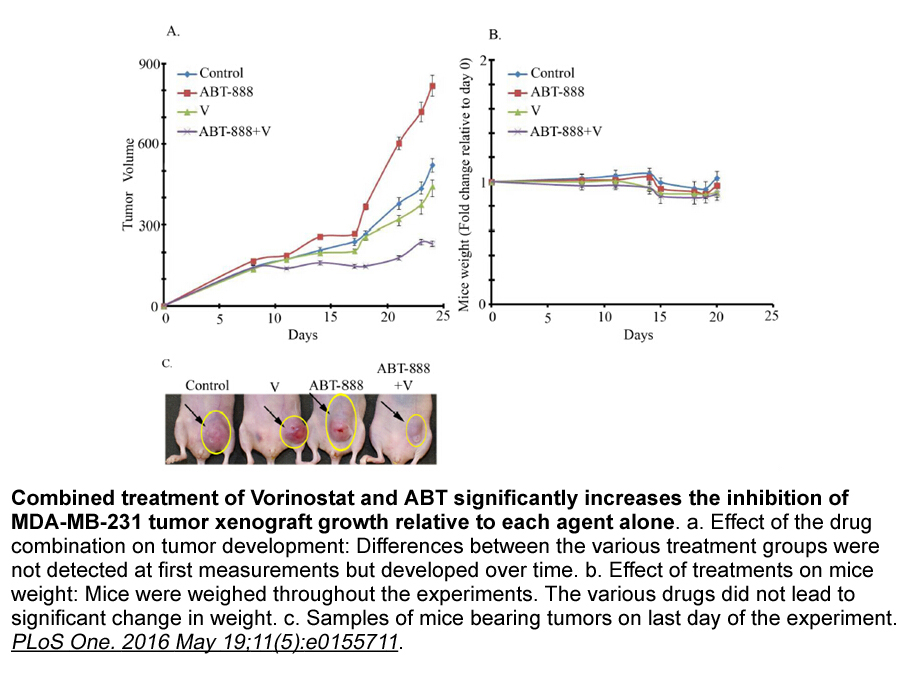
Salvia, the largest genus in the family Lamiaceae, comprises over 900 species that are distributed globally [14], [15], [16]. The genus Salvia has been assessed in many studies because it is a rich source of polyphenol compounds, of which more than 160 have been isolated from plants in the genus, so
-
ADOR immunoreactivity was high in parasympathetically innerv
2025-03-03
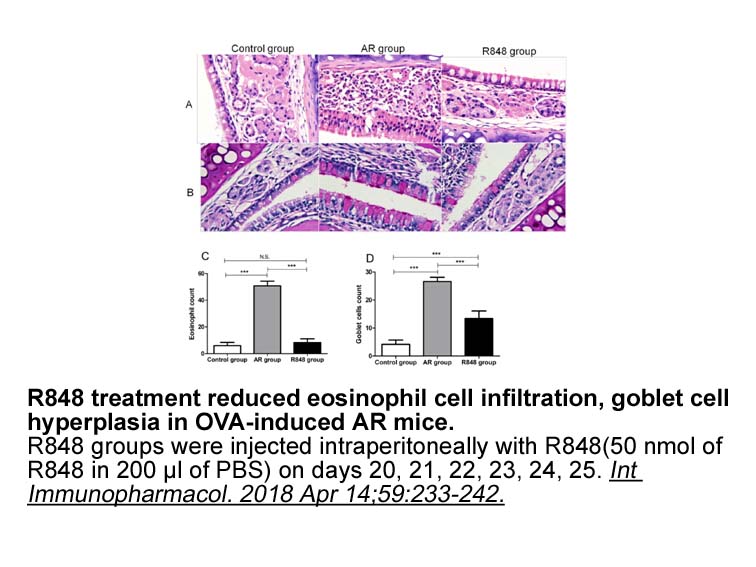
ADOR immunoreactivity was high in parasympathetically-innervated smooth muscle, namely the iris sphincter muscle and the ciliary muscle. No ADOR immunoreactivity was noted in the sympathetically-innervated iris dilator muscle. Immunoreactivity against all four ADORs was noted in the ciliary epitheli
-
Structure activity relationships biochemical metabolic and
2025-03-03
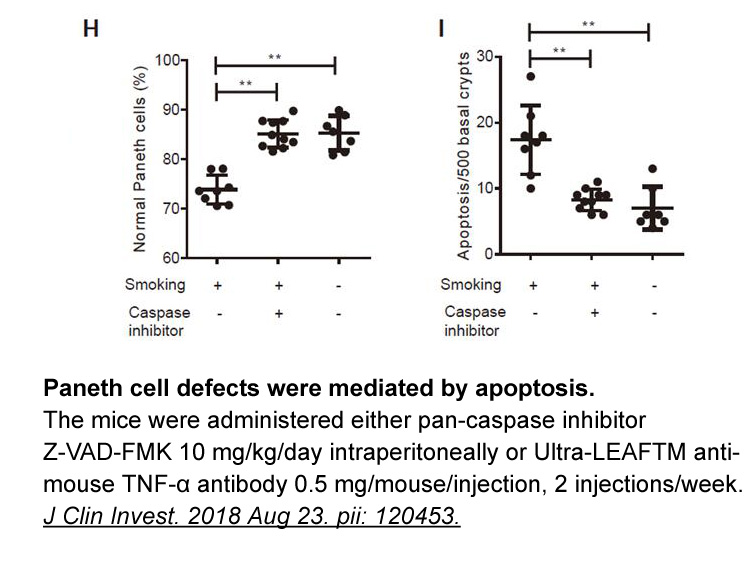
Structure–activity relationships [23], [24], [25], [26], biochemical [24], [25], [26], [27], [28], [29], [30], [31], metabolic [19], [27], [28], [29], [30], [31], and molecular [32] investigations have demonstrated that the substrate specificity, as well as other characteristics of T. gondii adenosi
-
br Conclusion br Conflicts of interest br
2025-03-03
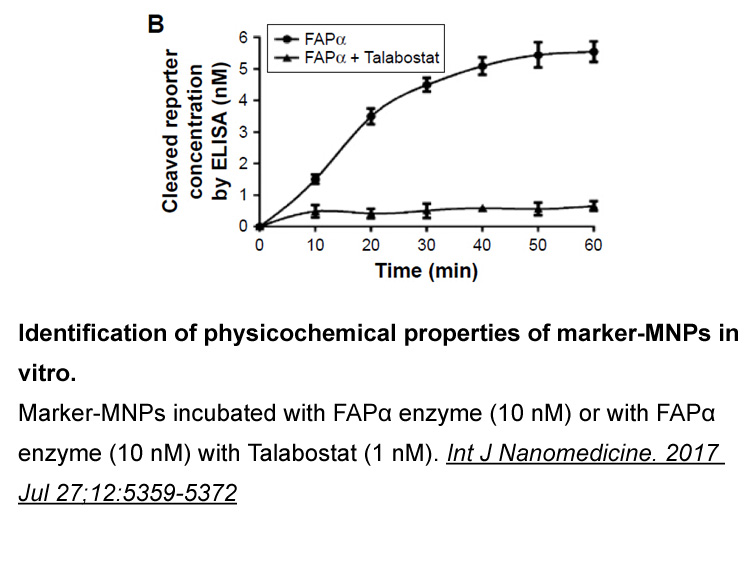
Conclusion Conflicts of interest Compliance with ethical standards Introduction Tuberculosis is one of the leading causes of morbidity and mortality, amongst infectious diseases. India is a high burden country for Tuberculosis. Caused by Mycobacterium tuberculosis, it Paeonol sale can pr
-
Matsuzaki et al attempted fertility therapy
2025-03-03
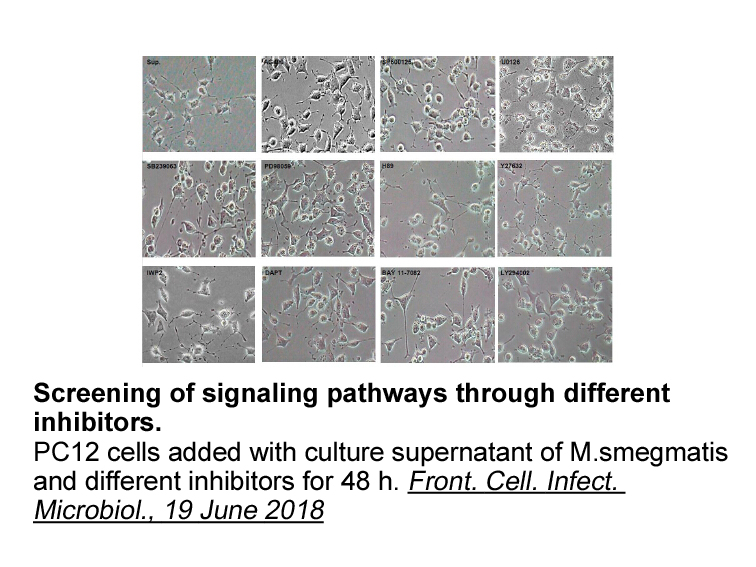
Matsuzaki et al. attempted fertility therapy in a 26-year-old female with secondary amenorrhea and 17OHD who was a LY3023414 heterozygote for delF53/54 and the missense mutation H373L, which has cycle supports this theory. Oocyte dysfunction with decreased granulosa cell activity might also contri
-
We initially established using fMRI that auditory processing
2025-03-01
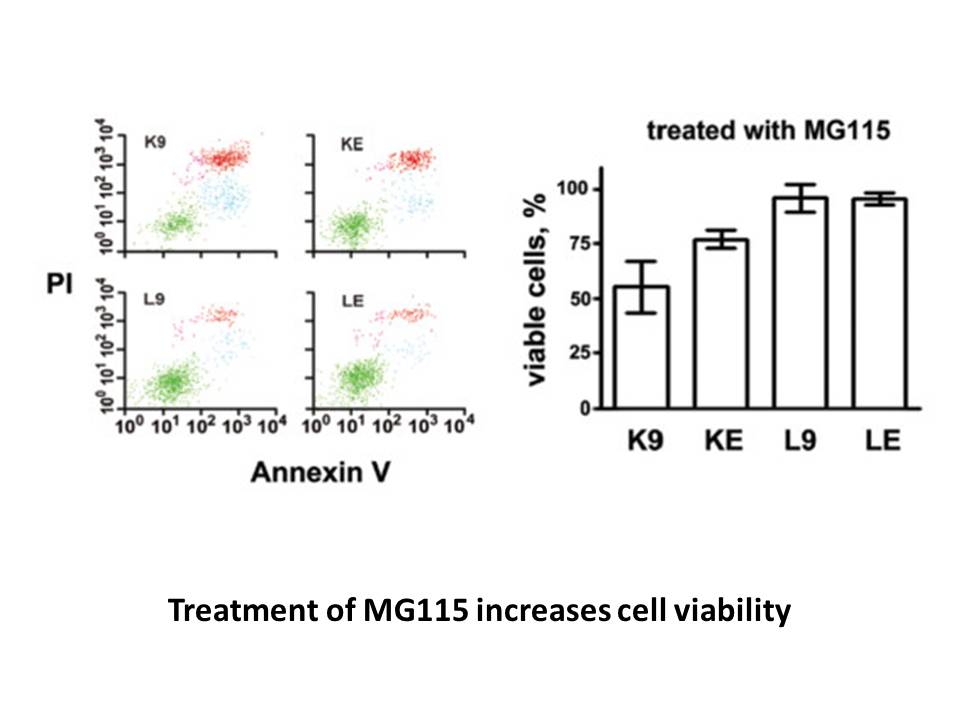
We initially established using fMRI that auditory processing by the caudomedial nidopallium (NCM) of male European starlings (Sturnus vulgaris) of species-specific aspects of songs (whistles and warblings i.e. high-pitched trills coming from the end of the warbling that are found in the repertoire o
-
The isoelectric point of CL
2025-03-01
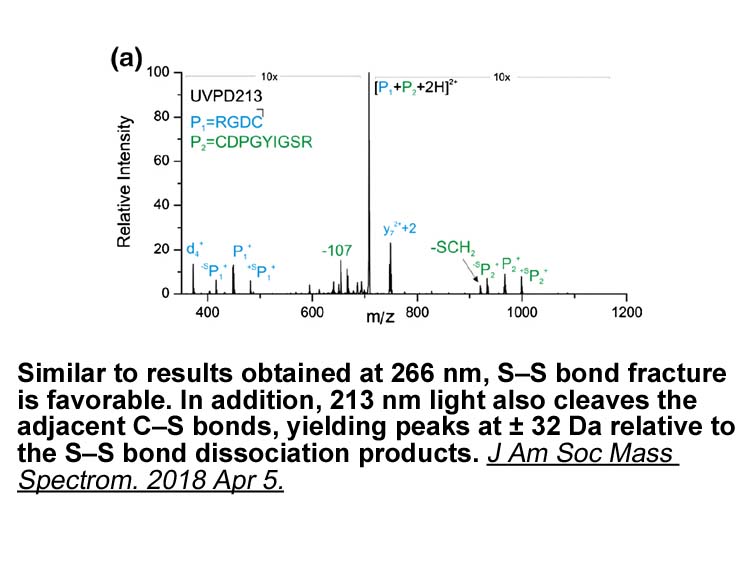
The isoelectric point of CL-ARG was determined by native IEF at a TMP269 gradient in the range (3–10) using standard protein markers with known isoelectric points. Native IEF reveals the presence of only one major band for CL-ARG with a slightly neutral-basic pI value of about 7.7. The calculated p